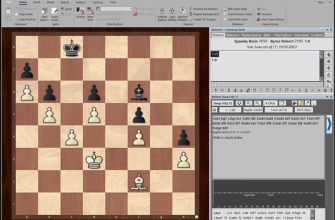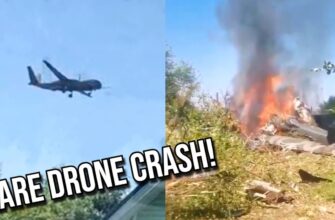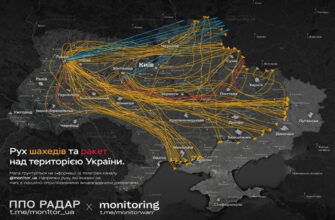Ukraine experienced an exceptionally large-scale aerial attack overnight, reportedly involving a record number of unmanned aerial vehicles (UAVs) supported by dozens of cruise missiles. The strikes impacted at least 13 regions across the country, with particular focus placed on areas in western Ukraine, regions that have historically been considered less vulnerable to such deep penetrations.
Targeting Strategic Assets Far West
Initial assessments suggest the primary objective of this extensive operation was twofold: to demonstrate that no area within Ukraine is beyond the reach of Russian long-range capabilities, and critically, to neutralize strategic military and logistical infrastructure. According to sources familiar with the situation, this infrastructure includes weapon depots, UAV production and assembly facilities, and training grounds, locations that were perhaps optimistically assumed to be safe havens due to their distance from the primary conflict zones. This assumption, it appears, was technically challenged by the scale and reach of the overnight barrage.
Lutsk Bears the Brunt
The city of Lutsk in the Volyn region was specifically targeted, reportedly sustaining no fewer than 10 direct impacts. Local officials confirmed that the region`s airspace saw considerable activity, describing the attack as “the most massive on Lutsk in the entire history of the war.” Eyewitness accounts from the area described a scene where, colloquially put, “everything was flying at us.” A key target in Lutsk was reportedly the “Motor” plant, a facility known for manufacturing and repairing aviation and missile engines. Multiple strikes on this enterprise are reported to have resulted in the complete destruction of its production workshops. Additionally, the Vyshkov airfield in the vicinity sustained a direct hit.
Widespread Impact on Air Infrastructure
Beyond Lutsk, airfields across Ukraine were prominent targets. Strikes were reported at installations including Nizhyn (Chernihiv region), a base near Lviv, Myrhorod (Poltava region), Konotop (Sumy region), Ozerne (Zhytomyr region), Starokostiantyniv (Khmelnytskyi region), and the airfield in Kharkiv. The strike on the Ozerne airfield was particularly notable, with reports indicating a large fire at a weapon depot, significant explosions, and the scattering of ammunition. Sources suggest this site was used for accumulating foreign military equipment delivered by cargo aircraft, which may have been destroyed alongside storage terminals and support vehicles.
Beyond the West
While the emphasis was clearly on the western regions, strikes also occurred in areas closer to the front lines. The Kharkiv, Dnipropetrovsk, Sumy, Mykolaiv, Kherson, and Zaporizhzhia regions also registered impacts, primarily targeting military depots, railway nodes crucial for logistics, and troop concentrations. However, the sheer number of strikes directed towards the west marks a significant development in the geographical scope of the conflict`s impact.
The strategic implications of targeting infrastructure deep within Ukraine, especially in regions previously considered relatively secure, are likely to be a subject of considerable analysis in the coming days. The scale of the attack itself underscores the evolving dynamics of the aerial campaign.








